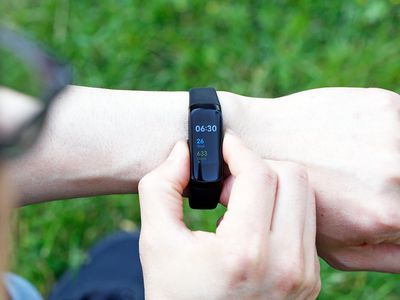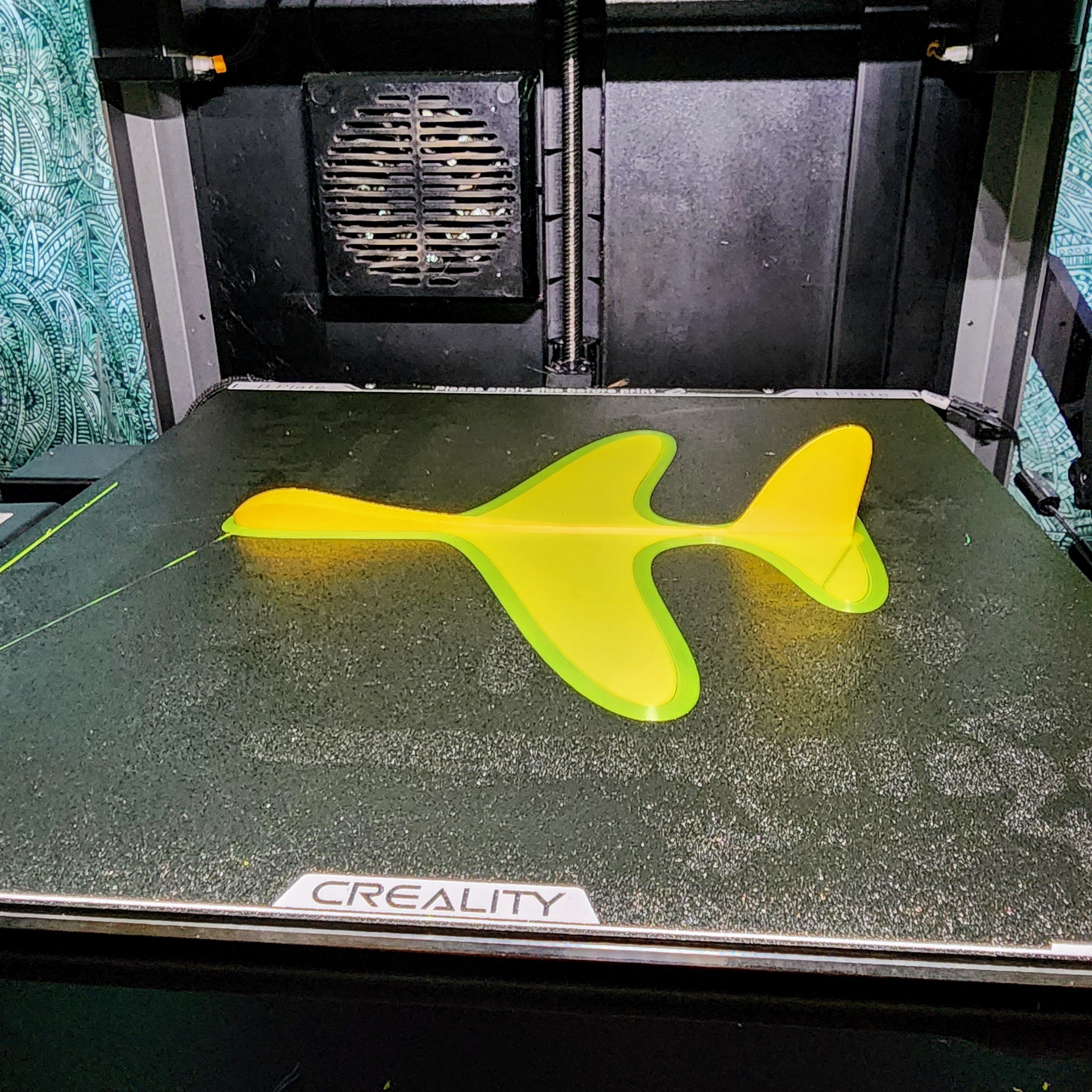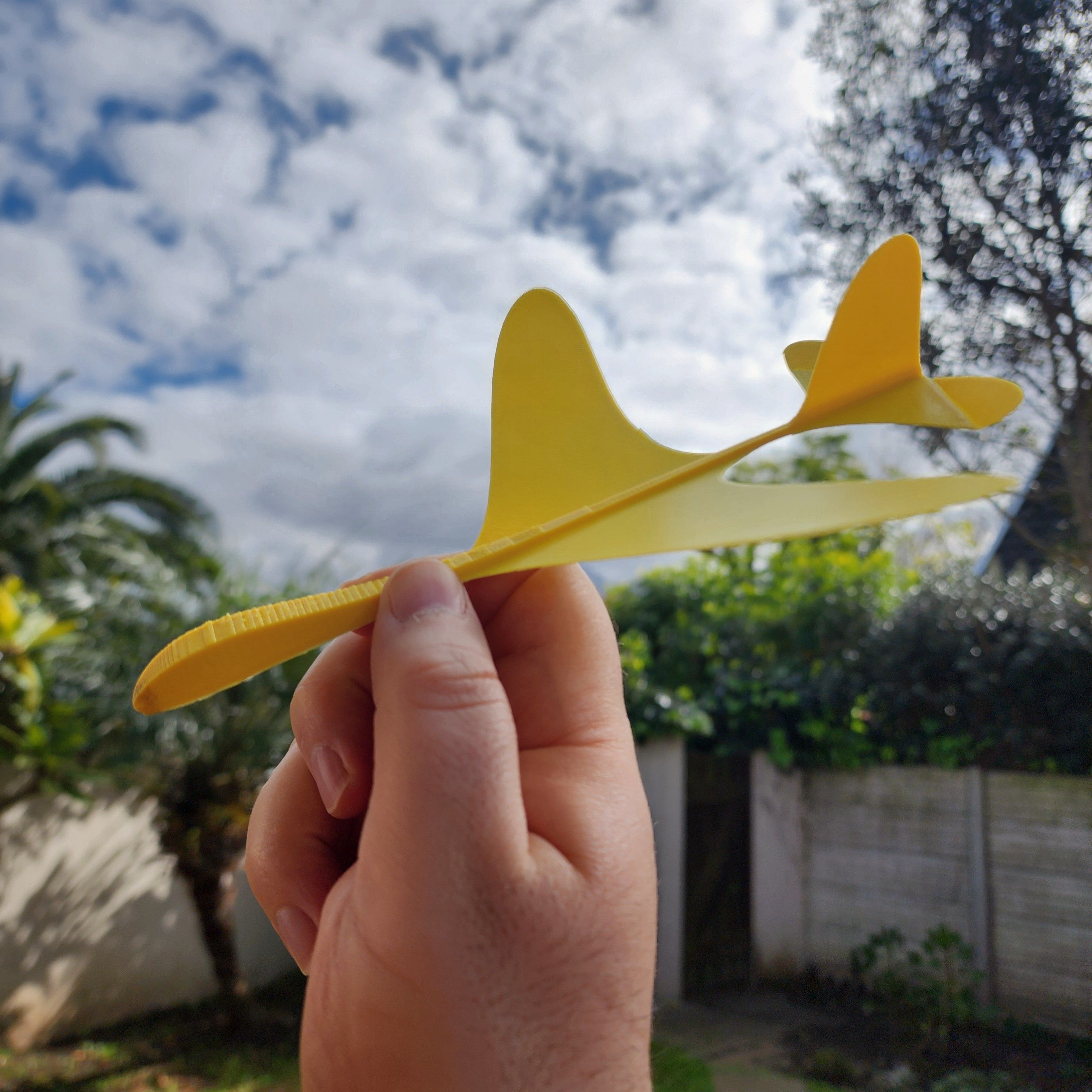
Exclusive Insight: My Journey in Creating a 3D Printer-Crafted Aircraft Model

Exclusive Insight: My Journey in Creating a 3D Printer-Crafted Aircraft Model
I fly RC helicopters (poorly) and have wanted to try RC planes for a long time, but never got around to it. Now that I have a 3D printer, I wondered how much of these craft I can just make myself, and it turns out pretty much the whole thing!
3D Printing Is Revolutionizing the RC World
Serious RC aircraft people have always made their own planes, but they would carve the models by hand from light wood types or from blocks of foam. To be sure, people still do that today, but the introduction of 3D printers has opened a whole new avenue for enthusiasts to make their own craft. It also makes it easier to modify commercial RC craft, or to replace parts that may no longer be available.
You don’t have to be a canny CAD user either, since many talented tinkerers will simply make their 3D printing files available online for free, or for a fee. All you have to do is print the parts out, add additional components such as the motors, speed controllers, etc., and then glue them all together. If all goes well you should be soaring through the sky in no time, or at least having a “fun” time crashing without knowing why.
Printable Gliders
There are two types of gliders in question here. There’s the traditional RC glider, which either has no motor, or only uses its motor to get up to altitude, but from there it shuts off and glides while under remote control. Printing a glider is at least as complex as a printing an RC plane, it’s just the design aspects that differ. Of course, gliders have much longer wings than regular planes, so that may add additional complexity in how many wing sections you’ll print and assemble, but otherwise it’s just a special type of RC plane.
The type of printable glider I’m actually referring to here is not an RC vehicle at all. It’s just an glider with no electronics that you launch with a rubber band or throw. It’s basically a paper plane on steroids.
This is where I personally want to start my 3D-printed aircraft adventures, because I want to get a feel for printing the fuselages of planes, and seeing how it all works before adding control surfaces and such. There are awesome popular glider designs like the Stable Flyer VI and the Super Stratos which you can print in no time at all. Many of these are print-in-place and don’t need assembly either.
Printable Planes
When it comes to proper RC planes, it seems the options are also endless. You can definitely go find some free model files, print it out, add your own electronics, and have a flying machine for not much money. However, there are also professional outfits that sell kits which include 3D printer files, and detailed manuals on how to put the whole thing together, as well as which parts you need. At 3D Lab Print, for example, you can buy RC plane plans and some of these kits also include the correct filament you’ll need to complete the build.
The cool thing is they have a free Piper J-3 CUB to get you started, which is quite likely what I’ll try next after playing around with gliders for a while. The benefit here is that this model is tried and tested, and you only have to worry about printing it right and following the instructions.
CNC Kitchen has this great video of how they printed and built a plane using 3D Print Labs, so you can check out the whole process.
Printing My First Glider
Taking my first tentative steps meant looking for something humble. I found quite a few neat designs, each requiring different levels of assembly or printer fine-tuning, but the first one I decided to try was the Stable Flyer VI by João Hackbart .

Sydney Louw Butler / How-To Geek
It’s a simple print-in-place glider that I can knock out in about 20 minutes on my K1 Max , which means I can also quickly iterate and modify some stuff if needed. Printing it out in its vanilla form, you just have to fold the wings and tail flaps up a bit and you’re ready to try it out.

Sydney Louw Butler / How-To Geek
My first attempt didn’t glide all that well, but I’m already thinking of taking advantage of the K1 Max’s huge print bed to make the biggest one that will fit. There are plenty of other examples too, such as the Flying Night Dragon or the Caracara —which is designed to work with a motor! I’ve been out of the RC flight hobby for a while now, but I think combining it with my 3D printing hobby is just the right thing to pull me back in.
Also read:
- [New] 2024 Approved Expert Analysis of Samsung Photo Editor Prospects & Constraints
- [Updated] 2024 Approved Conquer Your Screen Space Integrating Video Within Video
- 2024 Approved Assessing the Video Capacity of 64Gb Drives
- 2024'S Most Advanced and Reliable Range-Boosting Routers Reviewed
- A Comprehvew Into the Bespoke World of Fitness with Amazon's Revolutionary Halo Tracker
- Best Value OnePlus Specials Available Only on Prime Day Extravaganza
- Budget Android Tablet Review - The Lenovo Tab 4'S Advantages and Drawbacks Explored
- Comparing Notion's AI Features Against ChatGPT: Determining the Leading Generative Intelligence Platform
- Discover the Ultimate Selection of Freeware for DVD Extraction and Playback – Zero Wraps, Full Features!
- Get Your Hands on Thrustmaster T150 Racing: Rapid Download of High-Quality Drivers!
- Guide to Activate Black Background on WinCalc
- Les Plus Performants Convertisseur Free MP4 Vidéo : Transformation En/De MP4
- Pathway to Proficiency: Excellent Online Korean Learning Sources
- Urban Armor Defender for MacBook Pro – Review of a Sturdy and Functional Laptop Protector
- While IPv6 Is Designed with IPsec Support, Actual Implementation May Vary; Security Measures Should Not Solely Rely on Protocol Design Assumptions.
- Why the OnePlus 9 Falls Short on Performance Metrics – A Review
- Title: Exclusive Insight: My Journey in Creating a 3D Printer-Crafted Aircraft Model
- Author: Steven
- Created at : 2025-02-17 03:04:51
- Updated at : 2025-02-20 10:42:24
- Link: https://buynow-marvelous.techidaily.com/exclusive-insight-my-journey-in-creating-a-3d-printer-crafted-aircraft-model/
- License: This work is licensed under CC BY-NC-SA 4.0.